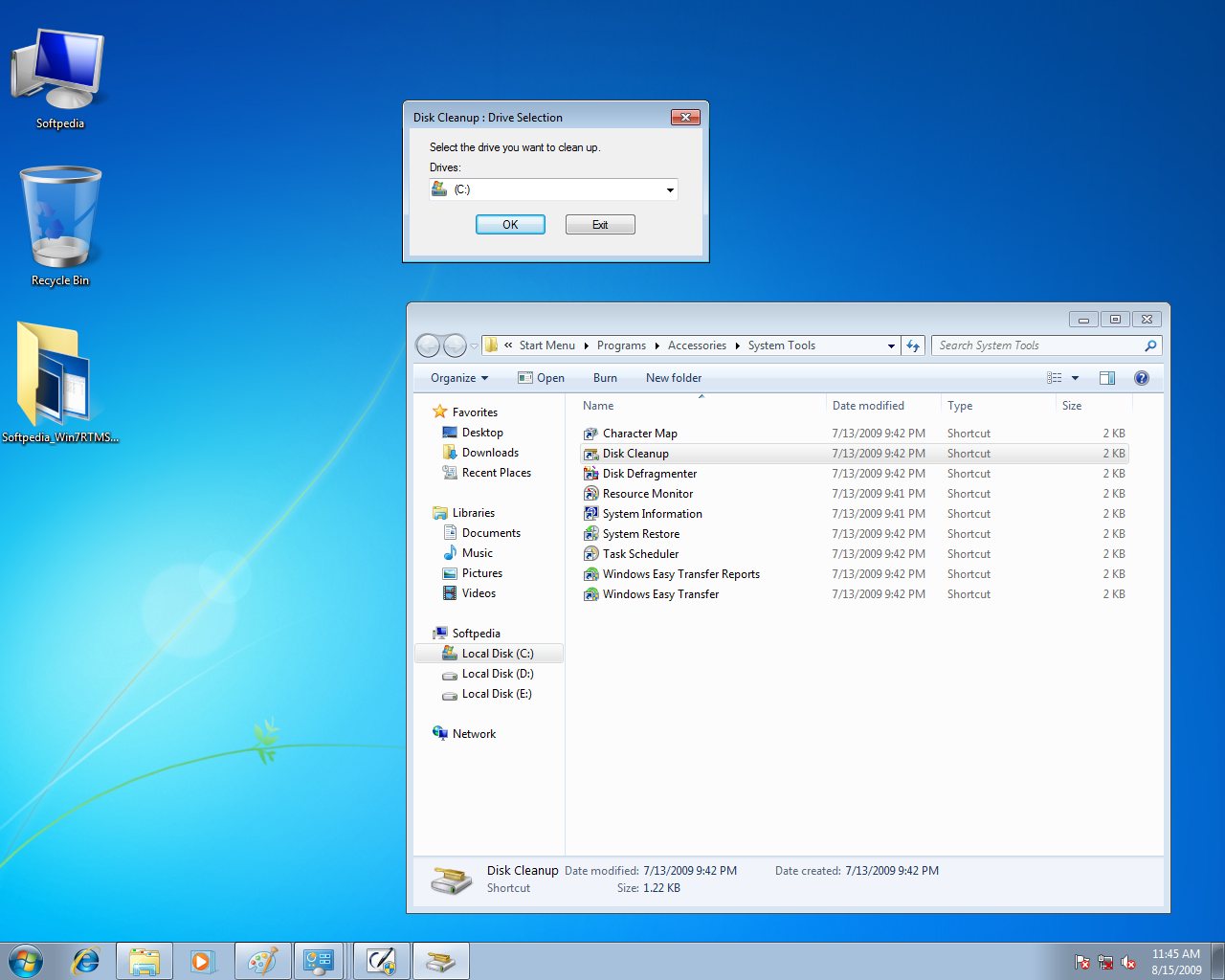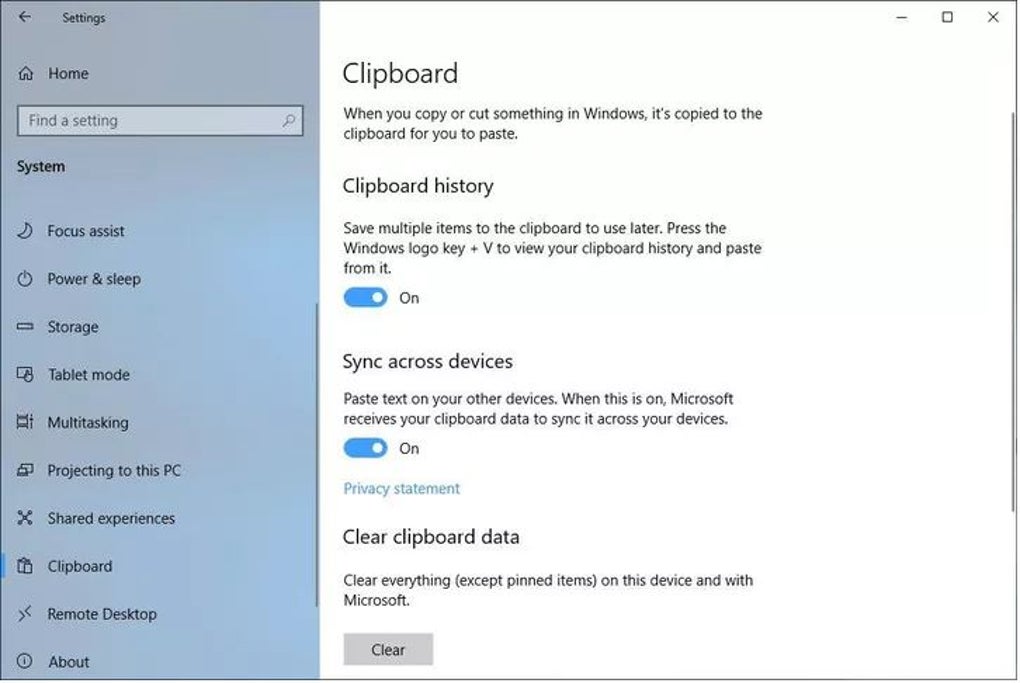
In simple words, for instance, if you had previously activated Windows 10 Home edition on a computer, when you run the setup of Windows 10, it automatically installs the Home edition without allowing you to select the edition of Windows 10. And when you are installing Windows 10 on a new PC or a PC without the embedded product key, it displays the prompt asking you to select the edition of Windows 10 that you would like to install. When you create a bootable USB of Windows 10 using the ISO and attempt to install Windows 10 from it, the setup of Windows 10 automatically checks your BIOS/UEFI for embedded product key (if available), and installs the right version based on its findings. This is the only form of nag you’ll see - there are no pop-up windows, for example.Well, the fact is that the Windows 10 ISO that you download using Media Creation Tool includes both the Home as well as Pro editions, meaning Microsoft is no longer offering separate ISOs for Home and Pro editions. Activate Windows now.” link at the bottom of the Settings app. You’ll also see a “Windows isn’t activated. First, you’ll notice a watermark in the bottom-right corner of your screen. Eventually, Windows will start nagging you a tiny bit.

Initially, you won’t notice a difference. These days, Windows just complains at you in a few minor, cosmetic ways. With Windows XP, Microsoft actually used Windows Genuine Advantage (WGA) to disable access to your computer. However, an unactivated version of Windows 10 doesn’t have many restrictions. RELATED: How Does Windows Activation Work?Īfter you’ve installed Windows 10 without a key, it won’t actually be activated. Whatever version you choose, Windows 10 will install normally.

When you select this option, you’ll be able to install either “Windows 10 Home” or “Windows 10 Pro.” Bear in mind that, if you plan to pay to upgrade to the paid version later, it’ll be cheaper to upgrade to Windows 10 Home, so you may want to install the Home version.


 0 kommentar(er)
0 kommentar(er)
